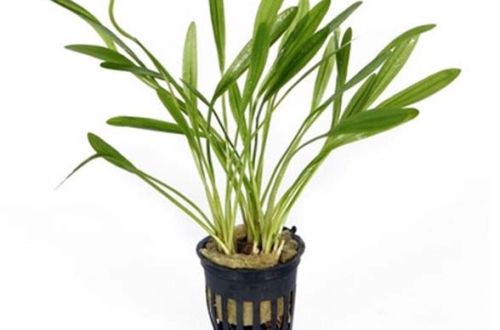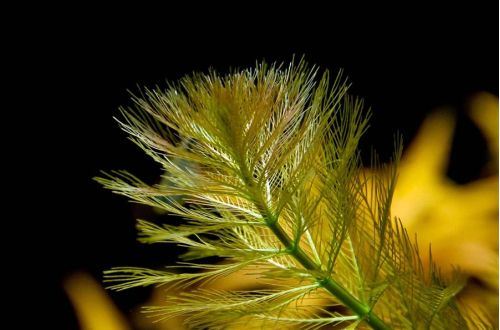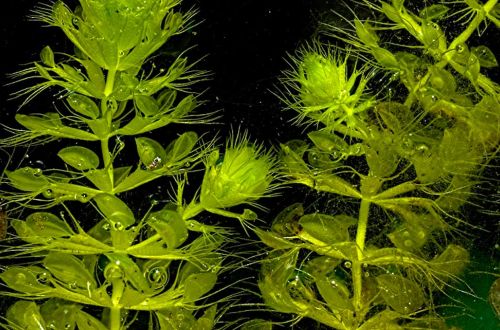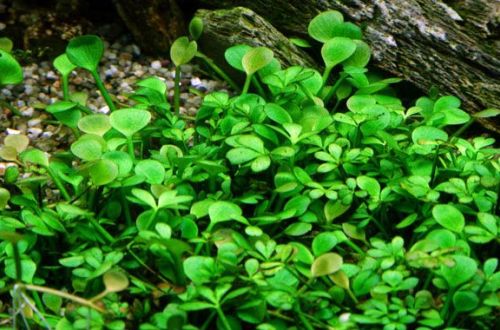
Echinodorus decumbens
Echinodorus decumbens, scientific name Echinodorus decumbens. It was first discovered and scientifically described by biologist Christel Kasselman in 1994. It is believed that the natural habitat of this species is limited to the basin of the Surubim River (Rio Surubim) in the Brazilian state of Piaui (South America). It grows along the banks of rivers and in flooded areas, completely or partially submerged in water.

The plant forms a tall bush (up to 50 cm in the surface position) of narrow pointed green lanceolate leaves with a rough surface and long strong petioles. Petioles have several facets that give strength. When they are cut, the internal structure is porous, providing buoyancy. In the air it blooms with small flowers. They are sterile and do not produce fruit. The plant propagates by lateral shoots.
It can be successfully cultivated both in aquariums and in paludariums, as well as open ponds in the warm season. Echinodorus decumbens is considered a non-demanding plant if the environment is not too cool (above 18°C) and the soil composition is rich in nutrients. Perfectly adapts to a wide range of hydrochemical values and light levels.





